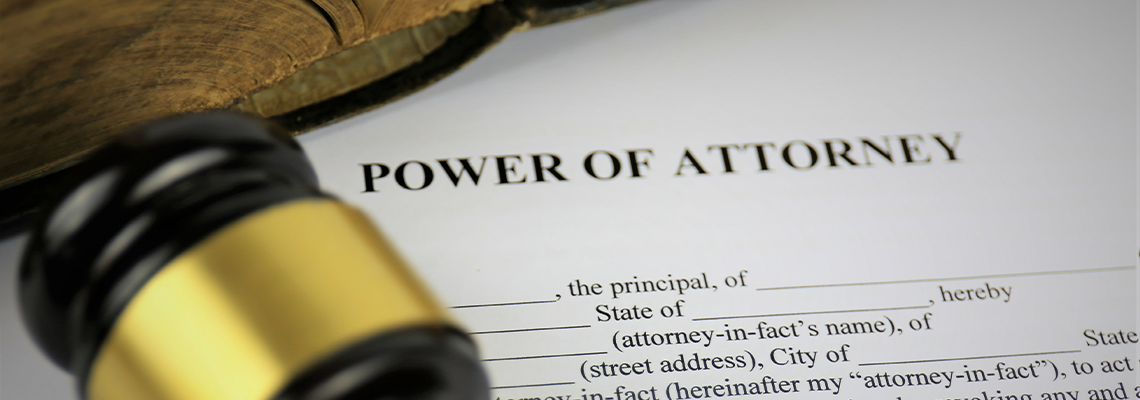A study by the National Institute for Occupational Safety and Health (NIOSH) found that Alaska workers annually average 40 job-related injuries per 1,000 workers. Firefighters have the highest rate of injury (162 injuries per 1,000 workers) followed by law enforcement officers (121 injuries per 1,000 workers). Overall, the construction industry suffers the highest number of injuries each year. The most common types of injuries are sprains/strains/tears, contusions, and lacerations.
The one thing that most work-related injuries have in common is that they end up as workers’ compensation claims. Workers’ compensation insurance, with a few exceptions, is mandated by state law to be carried by all businesses with one or more employees.
But what if someone besides the employer causes the work-related injury? Can you file a personal injury lawsuit? Third-party lawsuits can open up new avenues for compensation for injuries.
If you’re in or around the Anchorage area, or in Fairbanks, Juneau, Wasilla, or Palmer, Alaska, bring your workers’ compensation claims and issues to us at the Law Office of Justin S. Eppler, LLC. We can examine your case and determine if a personal injury lawsuit is a viable option.
Workers’ Compensation & Employer Liability
Workers’ compensation is designed to leave employers and employees fault-free, though there are exceptions for intentional actions, reckless behavior, violations of law, and other causes. In other words, a worker generally cannot sue an employer if an injury is sustained during the course of work unless the employer can be shown to have deliberately caused the injury.
That leaves the injured worker to rely on workers’ compensation benefits, which are subject to caps and do not cover non-economic damages such as pain and suffering. A personal injury lawsuit can raise the level of compensation in all categories — medical expenses and lost wages — and also cover non-economic damages.
Third-Party Liability
Employers can rarely be sued for work-related injuries, but legal action against third parties is another story altogether. If a piece of machinery at work causes an injury because of a defect, a personal injury lawsuit may be launched against the manufacturer. If a contracted cleaning company leaves a floor wet and slippery without posting warning signs, an employee who is injured by slipping and falling can file a personal injury claim against the cleaning company.
If an employer sends you out to call on a client, and on the way, another driver crashes into you and causes you an injury, a lawsuit is again possible.
Construction sites are often prone to accidents caused by equipment and drivers of other vehicles, leaving open the potential for third-party claims.
If your injury or illness is caused by a toxic substance, a third-party claim may also be possible if the product was not safely packaged or instructions and warnings were insufficient.
Proving a Personal Injury Claim
In third-party personal injury claims, you generally must show negligence on the part of the third party. This means that:
The defendant had a duty of reasonable care
The defendant’s action breached this duty
The plaintiff (you) suffered damages, i.e., an injury or injuries
However, in cases of product liability, you can sue under the standard of “strict liability,” which means that you don’t have to prove negligence. If the product is shown to be defective by design, by manufacturing problem, or by marketing (lack of warnings/instructions), then a lawsuit can proceed under strict liability.
Subrogation by the Workers’ Compensation Insurer
If you’re successful in a third-party personal injury claim and are also receiving workers’ compensation benefits — or did receive such benefits — the insurance company or other entity that provided your benefits can lay claim to your winnings through the concept of subrogation.
Generally, the insurer’s claim will cover just what has already been paid to you, so you should get to keep the remainder. Say your reward is $100,000, and the insurer has paid out $40,000. You will get $60,000 and the insurance company takes the rest.
Pure Comparative Negligence in Alaska
Another legal hurdle to consider is that Alaska law observes a “pure comparative negligence” standard. Say you bring a suit against the driver of the other vehicle and the jury finds you to have been 20% at fault for driving over the speed limit. Your award will then be reduced by 20% — your portion of the negligence. A $100,000 reward would then be reduced to $80,000.
Unlike other states that use a modified comparative negligence standard, your claim does not expire if your fault is greater than 50%, but then the other driver in our example could just as well sue you for damages if he was injured.
Trust Your Claim to a Skilled Firm
Even with subrogation by the workers’ compensation provider, coupled with any deduction for comparative negligence, your compensation for an injury through a lawsuit is going to outweigh workers’ compensation and its caps. Alaska places no caps on compensation for damages except in medical malpractice suits, so your horizon for economic and non-economic damages is high.
Remember, though, you have two years from the date of the accident — or from the date of the discovery of the injury if it surfaces after the accident — to file suit.
To the best chance to succeed with your lawsuit, you have to first identify and establish negligence — or strict liability when it comes to a malfunctioning product — which is going to require the services of an experienced and knowledgeable personal injury attorney.
How the Law Office of Justin S. Eppler, LLC Can Help
If you’re in or around Anchorage, Alaska, or in Fairbanks, Juneau, Wasilla, or Palmer, our team at the Law Office of Justin S. Eppler, LLC, stands ready not only to help you with your workers’ compensation claim but also to investigate whether you have a claim against a third party. Call us immediately if you’re injured in the course of your job, whether at work or out on an official assignment.




